
The historic heart of Jaffna


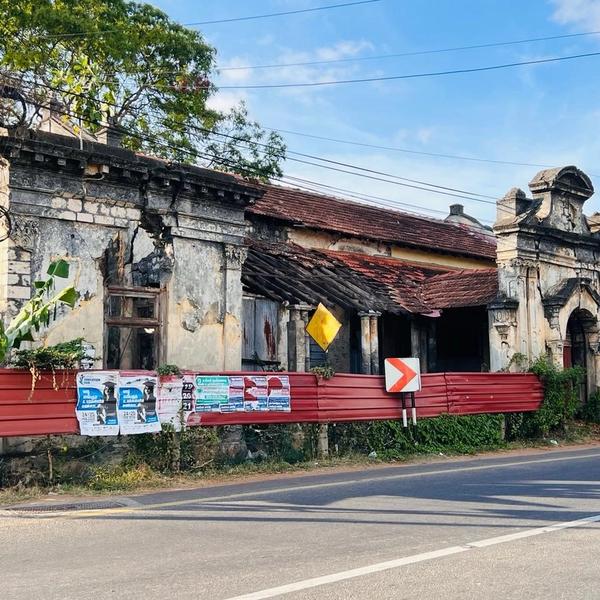
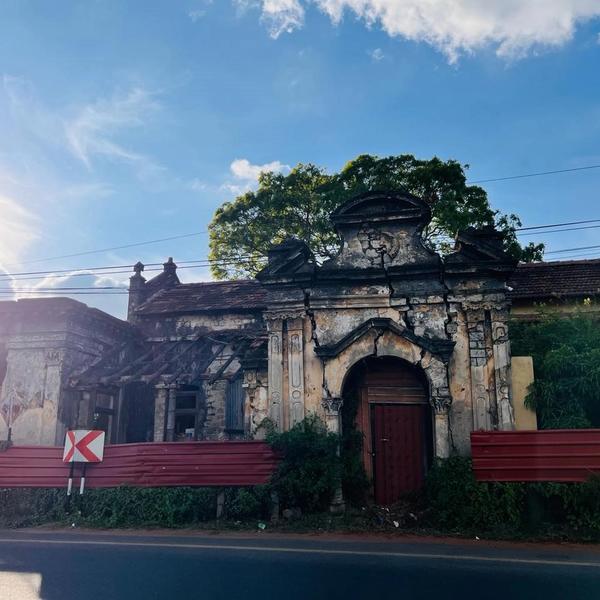

- Chapel Street, Jaffna
Past - A Thriving Trading Town
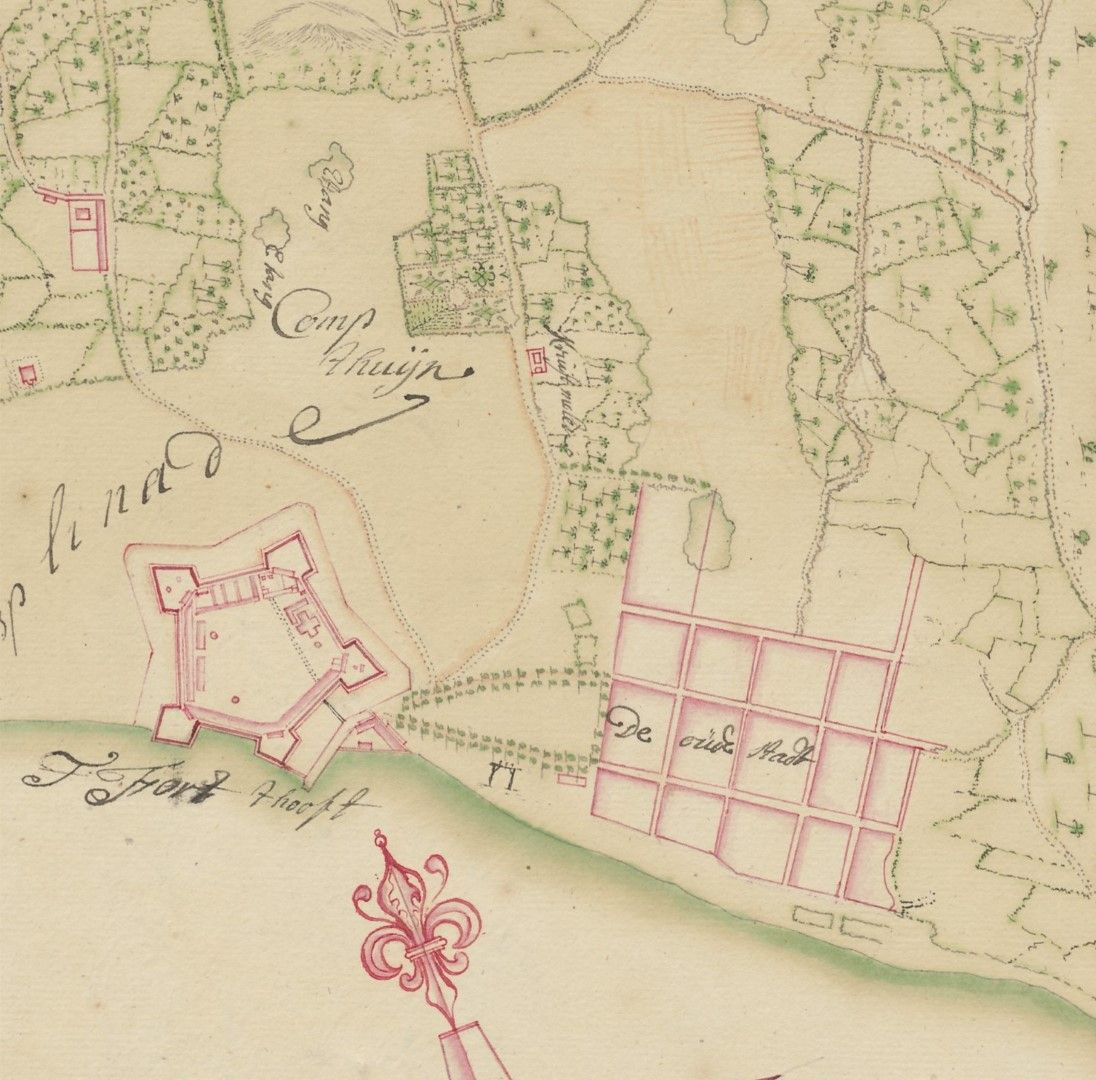
When the Portuguese lost Jaffapatao to the Dutch East India Company (VOC), it was a small town with a fort, a harbour, Catholic chapels, and some government buildings. In the Dutch Period, the city flourished as a trading town, with an abundant supply of agricultural produce, fabrics, elephants and other lucrative goods. More tolerant towards native mercantile and religious activities, most of the Hindu temples that the Portuguese had destroyed were rebuilt, and a community of mixed Eurasian Dutch Burghers was established in the 'Dutch Town'.
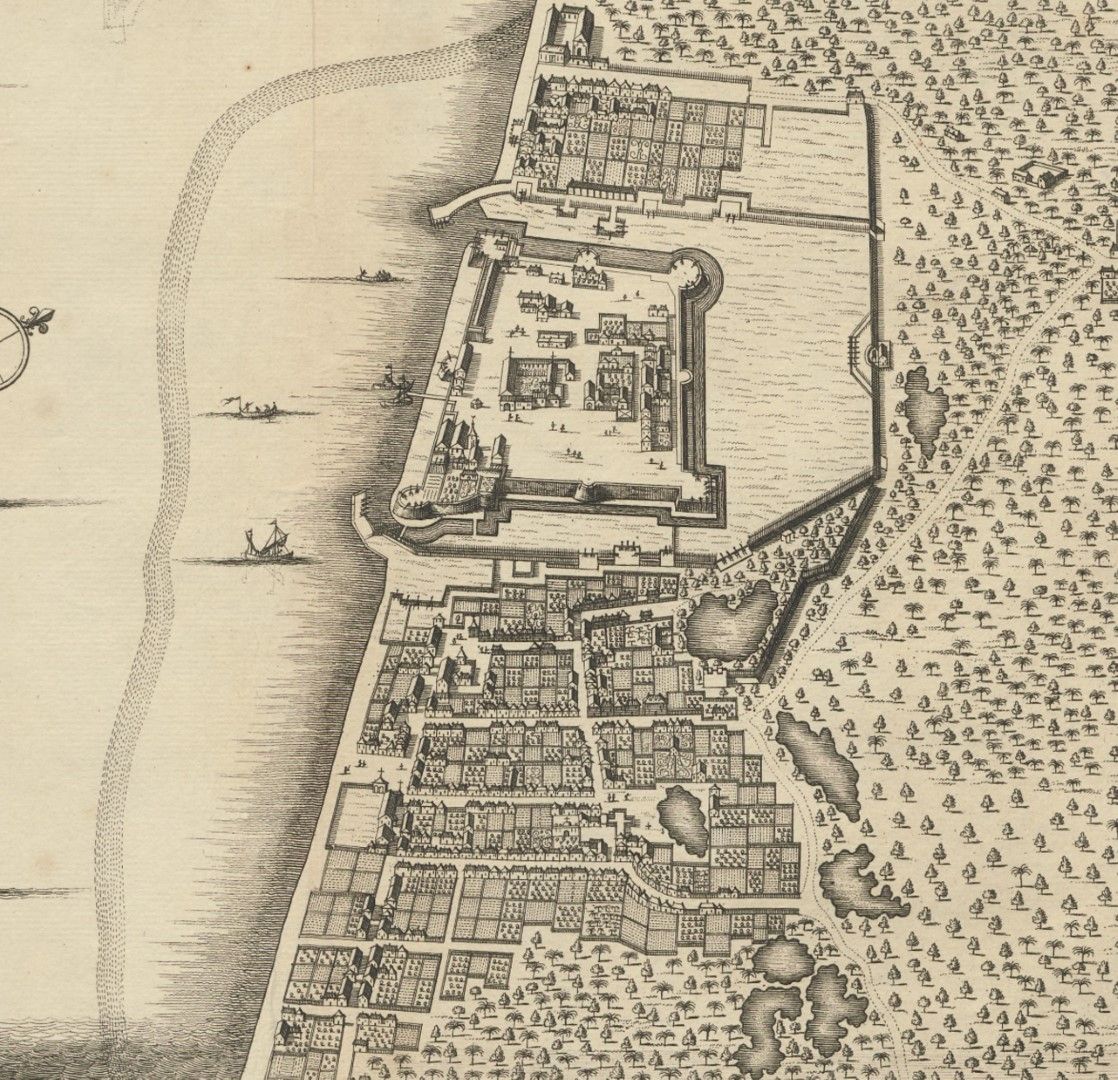
Present - Deserted, Damaged and Dilapidated
Many bungalows featuring typical Dutch features, like spacious verandahs, 'stoeps', inner paved courtyards, gabled roofs and thick walls, are dotted in and around Chapel Street and Main Street. The well-known Chunnakam Market also dates back to the Dutch days. Yet, throughout the conflict, many people in Jaffna lost their livelihoods, land, and houses. Especially in this part of town, many properties are damaged, dilapidated or even abandoned, waiting for migrated family members to return. Main Street in Jaffna was always a bustling place packed with eateries, shops, funeral parlours, tutoring, and art centres, but now it has a lonely, deserted feel.
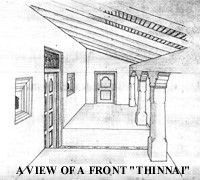
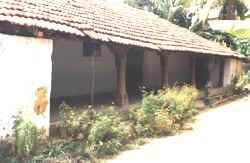
Future - Resurrecting the Historic Heart?

The streets are showing signs of recovery. Diaspora-fuelled investment in real estate is starting to change the face of Jaffna. The time has come for Jaffna to get a facelift, and some of the properties in Jaffna's historic heart are being renovated and turned into small hostels, guesthouses, and shops.
There is no town in Ceylon which still bears on its features the impress of the Dutch occupation as does Jaffna.
